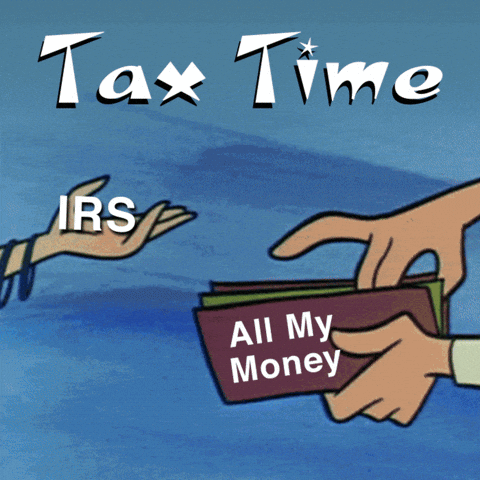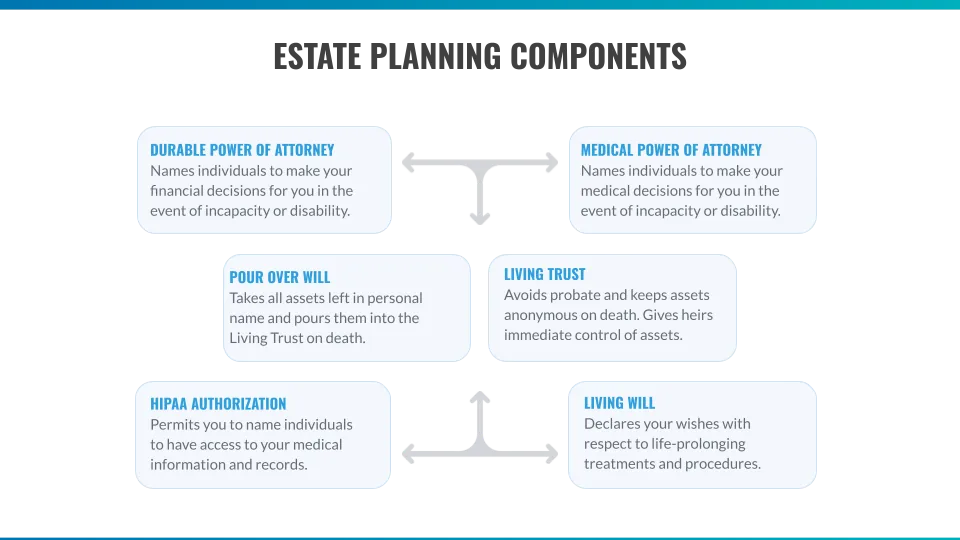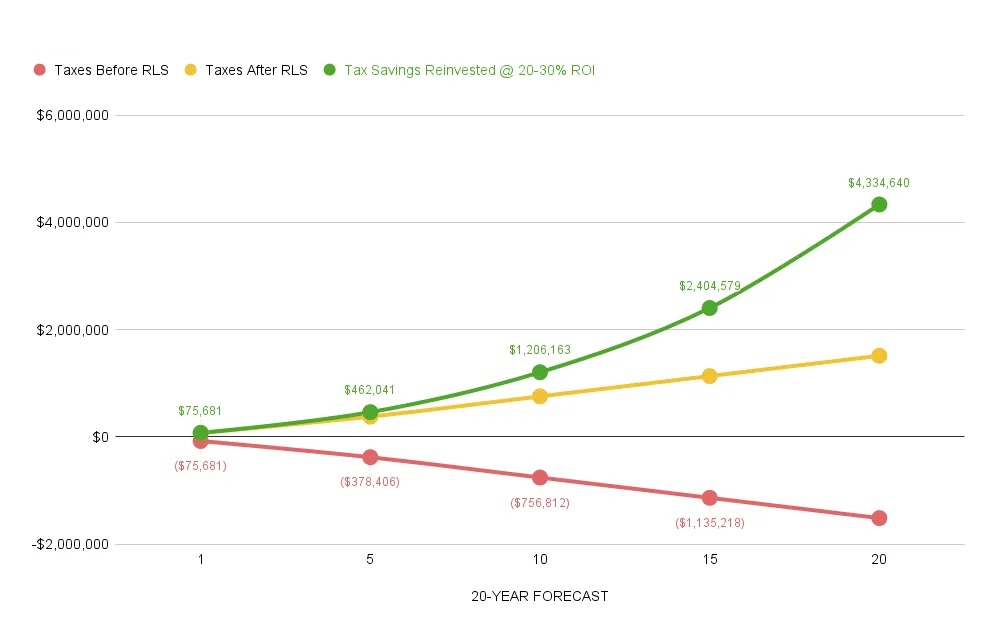Private Foundations: A Practical Guide To Tax Savings
Private foundations enjoy tax-exempt status, but they are still subject to unique and sometimes complex tax rules under the Internal Revenue Code (IRC). From filing requirements to avoiding costly penalties, here's a streamlined overview of what private foundations need to know.

Understanding Governance and Deductions
Private foundations are governed by strict rules not applicable to public charities. In addition to normal “fiduciary” duties, they face penalties, often in the form of taxes in these areas:
- Self-dealing: Prohibited transactions between the foundation and “disqualified persons” such as major donors or trustees.
- Excess business holdings: Foundations cannot own too much of a business enterprise.
- Jeopardy investments: Investments that risk the foundation’s ability to carry out its mission.
- Taxable expenditures: Payments not aligned with charitable purposes, such as political lobbying or unapproved grants.
- Net investment income: A 1.39% tax on income such as dividends, interest, and capital gains.
Contributions to private foundations are tax-deductible but may be subject to limits (typically 30% of adjusted gross income for individuals).
Identifying Unrelated Business Income (UBI)
UBI arises when a foundation earns income from a trade or business that is regularly carried on and not substantially related to its exempt purpose. Passive income (e.g., dividends, royalties) is generally excluded—unless it’s debt-financed.
If UBI exceeds $1,000, the foundation must file Form 990-T. Tax is assessed at standard corporate rates, and estimated taxes may be required if expected liability exceeds $500.
Careful tracking of expenses related to UBI is critical for reducing tax liability. Expenses must be directly tied to the unrelated business and reasonably allocated.

Calculating the Net Investment Income Tax
Private foundations are subject to a 1.39% tax on net investment income. This includes:
- Interest (except tax-exempt)
- Dividends
- Rents and royalties
- Capital gains
- Income from limited partnerships
Deductions may include necessary expenses incurred to generate or manage investment income. However, previously paid excise taxes cannot be deducted.
Meeting the Annual Distribution Requirement
Nonoperating foundations must distribute at least 5% of their average annual noncharitable-use assets. Qualifying distributions include grants to 501(c)(3) public charities and certain administrative expenses.
Failure to meet the minimum distribution requirement results in a 30% excise tax on undistributed income, with a 100% tax imposed on persistent shortfalls.

Maintaining Expenditure Responsibility
When making grants, especially to foreign or nonqualified organizations, a private foundation must follow IRS expenditure responsibility rules. This includes:
- Conducting a pre-grant inquiry.
- Establishing a written grant agreement.
- Requiring periodic reports from the grantee.
- Reporting to the IRS annually via Form 990-PF.
- Investigating any misuse of funds.
Failure to comply may result in excise taxes and jeopardize the foundation’s tax-exempt status.
Recognizing Operating Foundations
Unlike nonoperating foundations, operating foundations directly conduct charitable activities. While they share many tax rules with nonoperating foundations, key distinctions include:
- Donations qualify for higher charitable deduction limits (up to 60% of AGI).
- They are exempt from annual distribution excise taxes.
- They must meet both an income test and one of three operational tests (assets, endowment, or support) in three out of four years.
Operating foundations are less common and typically more complex to manage.
Avoiding Self-Dealing Pitfalls
Self-dealing rules prevent transactions between the foundation and disqualified persons. Common violations include:
- Paying personal travel expenses.
- Renting property from a family member.
- Awarding scholarships to relatives.
Penalties include a 10% excise tax on the self-dealer and a 5% tax on any foundation manager who knowingly participated. If not corrected, second-tier penalties of up to 200% may apply.
Applying for Tax-Exempt Status and Filing Requirements
To qualify for exemption under IRC Section 501(c)(3), an organization must legally form as a nonprofit corporation or trust and include clauses in its governing documents that support a charitable purpose.
Once established, the foundation must apply to the IRS using Form 1023 or the simplified 1023-EZ. If the application is submitted within 27 months of formation, the organization will be treated as exempt retroactively from its formation date.
Annually, all private foundations—regardless of income or activity—must file IRS Form 990-PF. Failure to file on time can result in daily penalties.
Final Thoughts
Private foundations play a vital role in philanthropy but must navigate a landscape of regulatory requirements and potential tax pitfalls. Understanding these obligations—from filing and reporting to expenditure rules and excise taxes—is essential to maintaining tax-exempt status and fulfilling charitable missions effectively.



